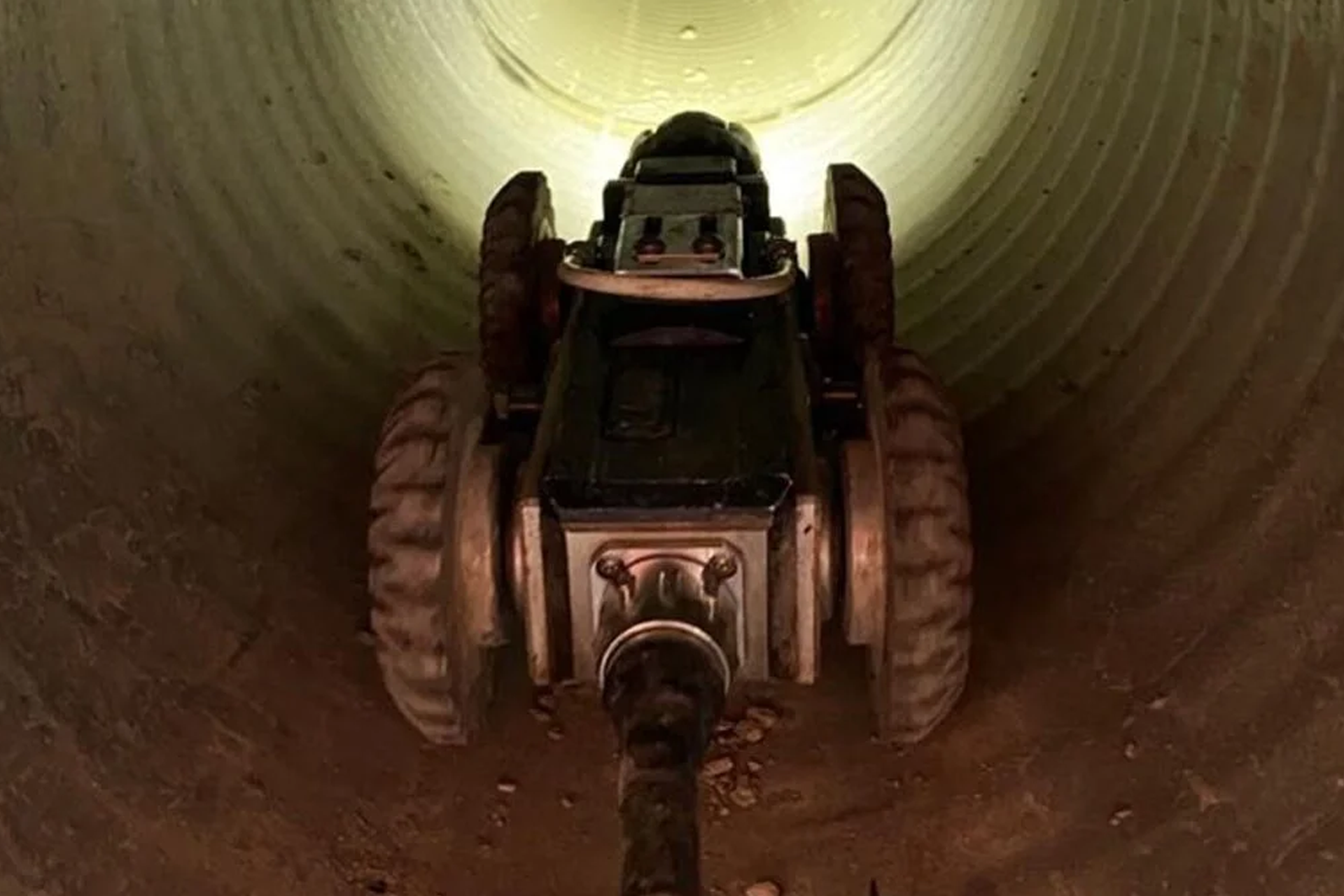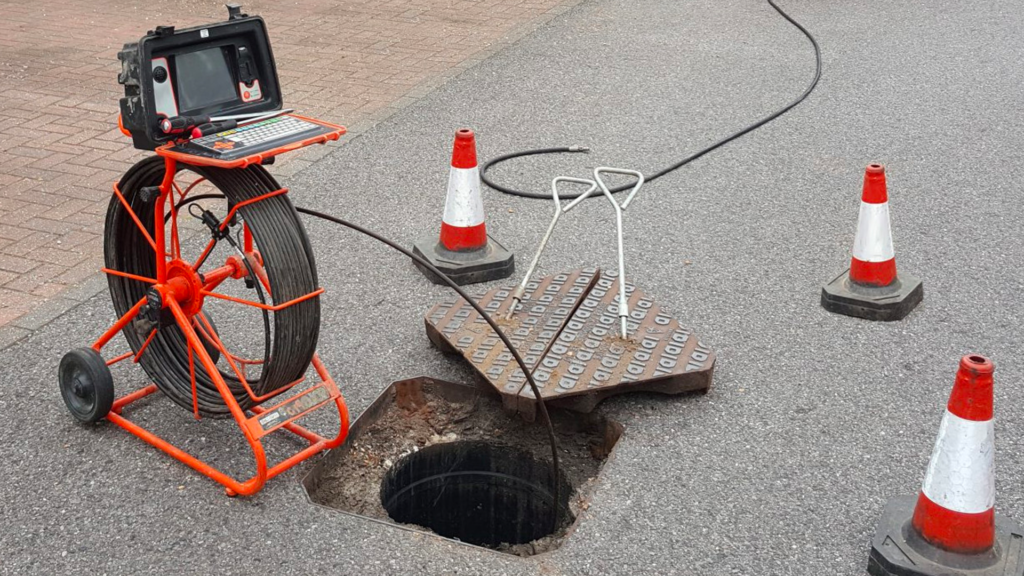Some Known Details About Reclaim Waste
Table of ContentsThe Main Principles Of Reclaim Waste Some Known Details About Reclaim Waste Reclaim Waste Can Be Fun For EveryoneNot known Incorrect Statements About Reclaim Waste The Of Reclaim Waste
Check out the kinds, occurrences, and types of fluid waste. Domestic sewer waste refers to the waste and products from a property sewage-disposal tank. This kind of waste is created by human beings in houses, schools, and various other buildings. This only consists of septic systems that have a drain area. The proper monitoring and disposal of domestic sewer waste require fluid waste to be moved to a sewage therapy plant where the appropriate approaches and devices are used to detoxify and throw away waste.
Industrial waste usually includes potential threats, such as flammable products or a mix of fluid and strong waste products, and needs an advanced and thorough disposal process. The disposal of industrial waste generally entails the filtration of waste before transport to guarantee risk-free and appropriate disposal. Industrial waste is produced from results and overflow of industrial procedures and manufacturing.
This sort of waste can not use the exact same sewage administration transport or procedures as septic or commercial liquids. The industrial waste administration procedure requires the evaluation and testing of fluid waste before it goes through the disposal process (liquid waste disposal). Overflow waste is the liquid waste that originates from runoff and excess stormwater in highly inhabited areas or cities
Drainage waste can cause contamination and flooding if not dealt with properly. Ensuring proper waste monitoring can stop calamities and minimize environmental injury.
The Best Strategy To Use For Reclaim Waste
Call PROS Services today to learn more about our waste management and disposal services and the correct methods to take care of the fluid waste you produce.
(https://ameblo.jp/reclaimwaste1/entry-12874802223.html)Do you know what takes place to your water when you draw the plug, purge the toilet or drain pipes the cleaning maker? No? Well, it's worth understanding. This so-called 'wastewater' is not just an important resource however, after treatment, will certainly be launched to our land, rivers or the sea. Utilized water from toilets, showers, bathrooms, cooking area sinks, laundries and industrial processes is called wastewater.

water used to cool down equipment or tidy plant and devices). Stormwater, a form of wastewater, is overflow that flows from farming and urban locations such as roofing systems, click here now parks, gardens, roads, courses and rain gutters into stormwater drains, after rain. Stormwater moves without treatment directly to local creeks or rivers, eventually reaching the sea.
Getting My Reclaim Waste To Work
In Queensland, many wastewater is dealt with at sewer therapy plants. Wastewater is moved from residential or commercial sites via a system of sewage systems and pump stations, understood as sewerage reticulation, to a sewage treatment plant.
The Department of Natural Resources recommends city governments concerning managing, operating and preserving sewage systems and therapy plants. In unsewered areas, city governments might call for homeowners to install individual or home sewer treatment systems to deal with domestic wastewater from bathrooms, cooking areas, restrooms and laundries. The Division of Natural Resources authorises the usage of household systems when they are verified to be efficient.
Many stormwater gets no treatment. In some brand-new communities, treatment of some stormwater to get rid of clutter, sand and gravel has actually started making use of gross toxin traps. Wastewater treatment happens in 4 stages: Eliminates solid issue. Larger solids, such as plastics and other things wrongly released to drains, are removed when wastewater is gone through displays.
Wastewater after that streams into huge storage tanks where solids clear up and are removed as sludge. Grease and residue are skimmed from the surface area. Uses small living organisms referred to as micro-organisms to break down and remove continuing to be dissolved wastes and great particles. Micro-organisms and wastes are integrated in the sludge. Eliminates nitrogen and phosphorus nutrients that could create algal blooms in our rivers and intimidate aquatic life.
The Ultimate Guide To Reclaim Waste
Nutrient elimination is not available in any way sewage treatment plants due to the fact that it calls for expensive specialist equipment. It is ending up being extra usual in Queensland. Clear fluid effluent created after therapy may still have disease-causing micro-organisms. If this effluent is released right into rivers such as rivers or the sea, the micro-organisms will ultimately pass away out.

This usually means wastewater has to be dealt with or contaminants gotten rid of before it can be discharged to waterways. Many wastewater streams right into the sewage system. Under the Act, city governments carry out authorizations and permits for ecologically relevant activities (Ages) entailing wastewater launches that might have a neighborhood impact. The division carries out approvals and licences to Ages entailing wastewater releases that might have a local or statewide impact.
The Ultimate Guide To Reclaim Waste
Tracking gives factual info regarding water high quality and can verify that licence problems are being satisfied. The details gotten via tracking provides the basis for making water high quality decisions.